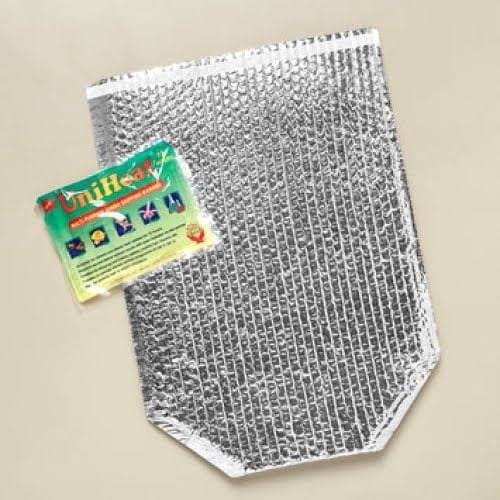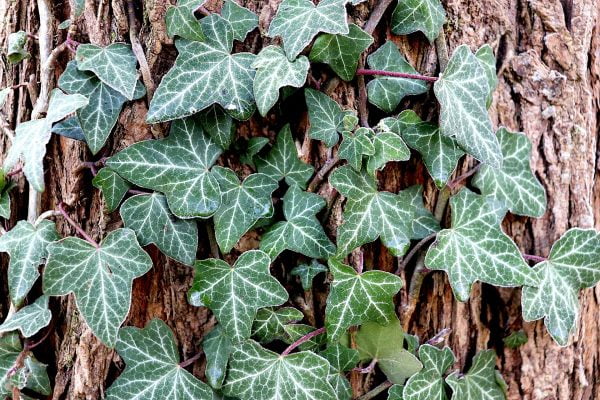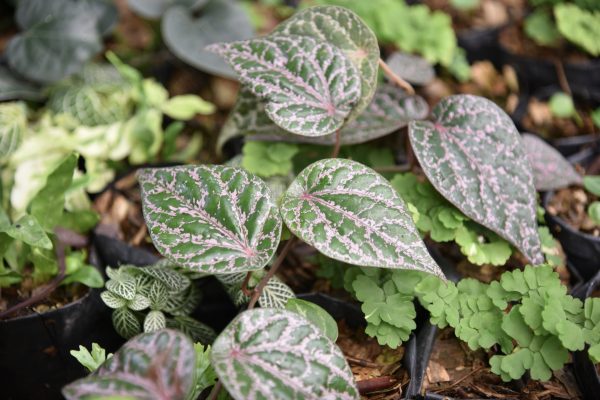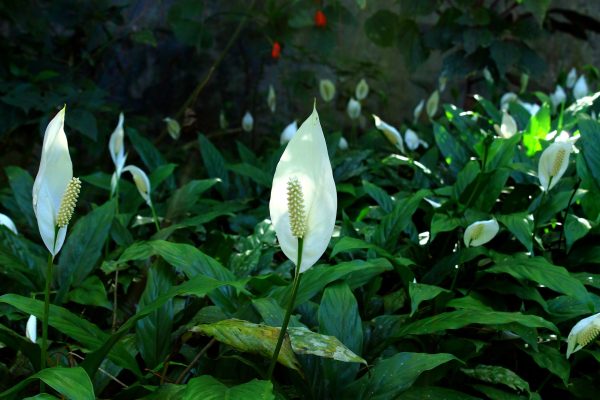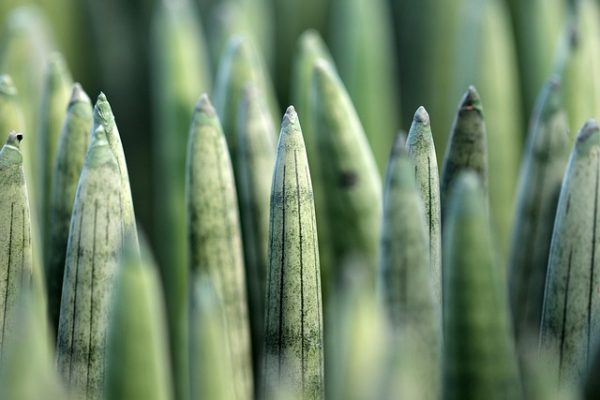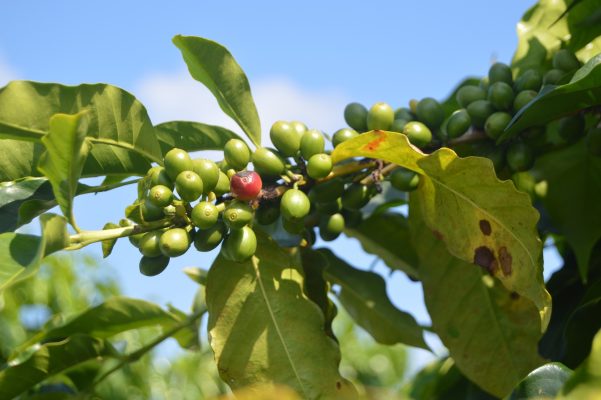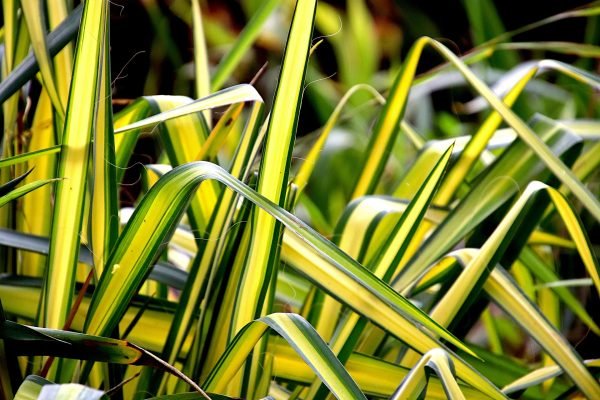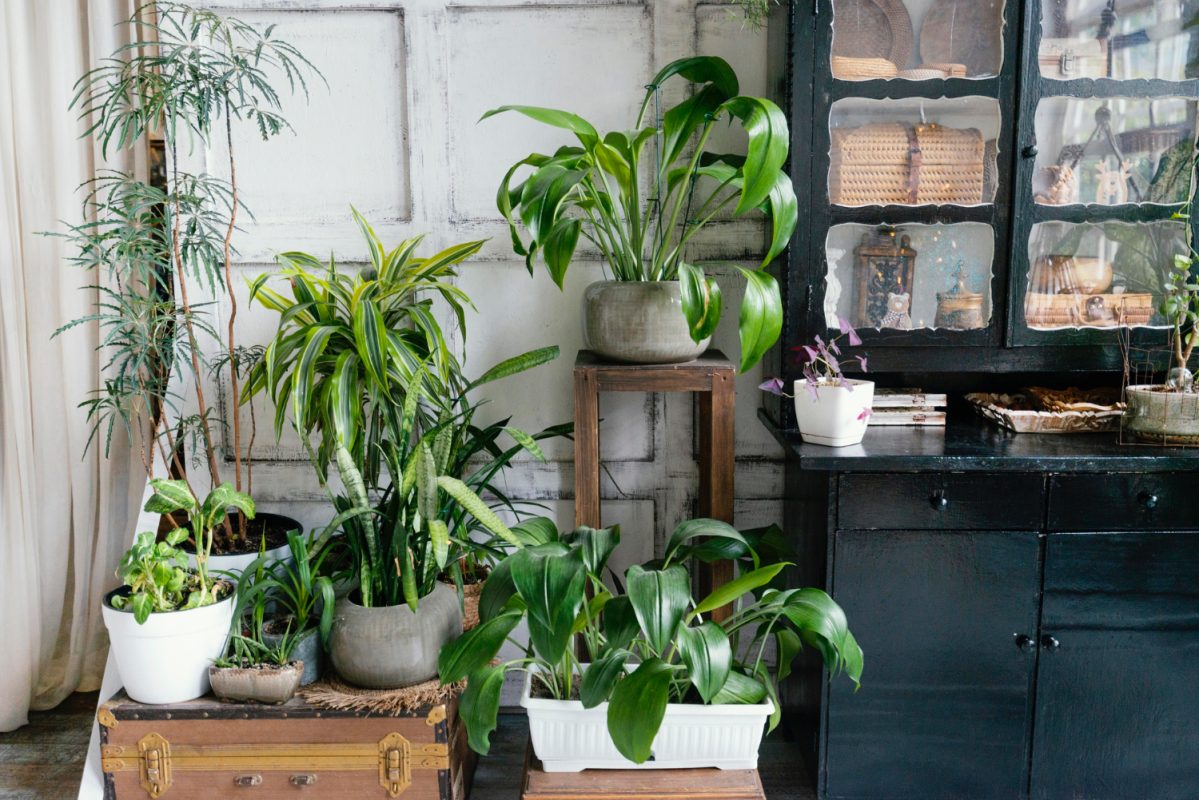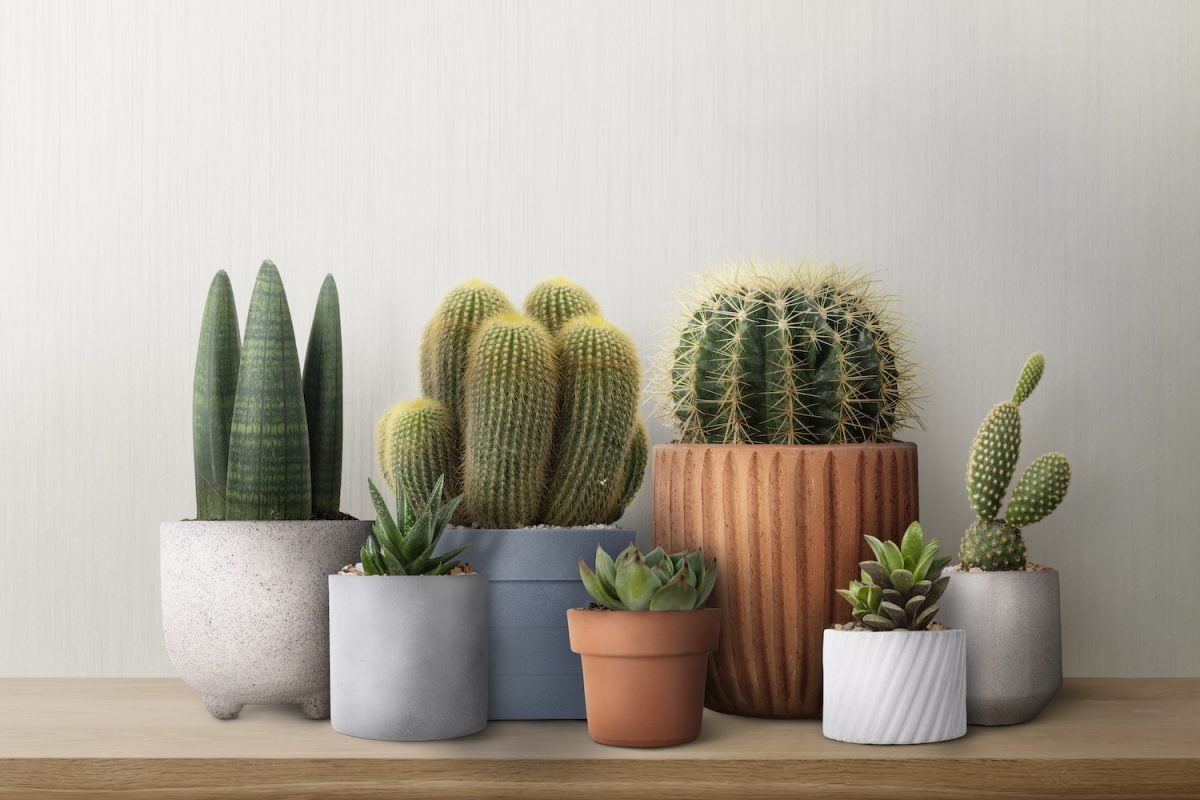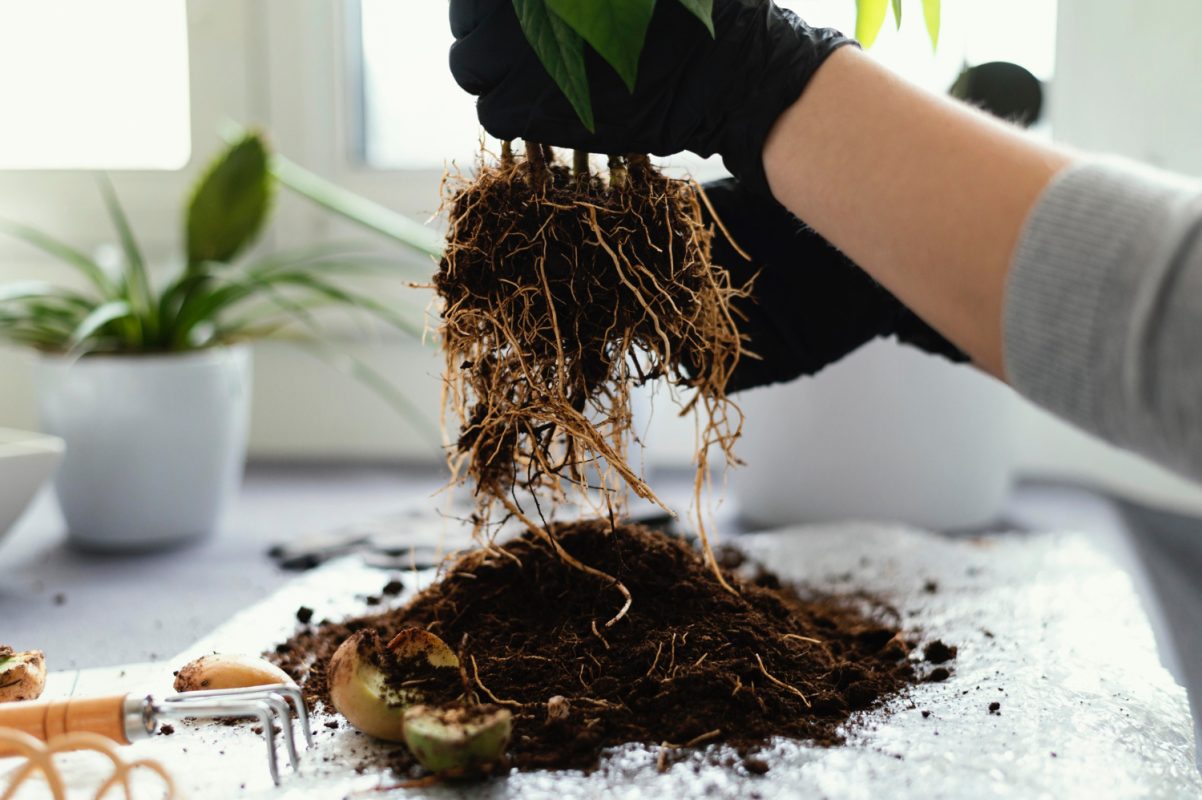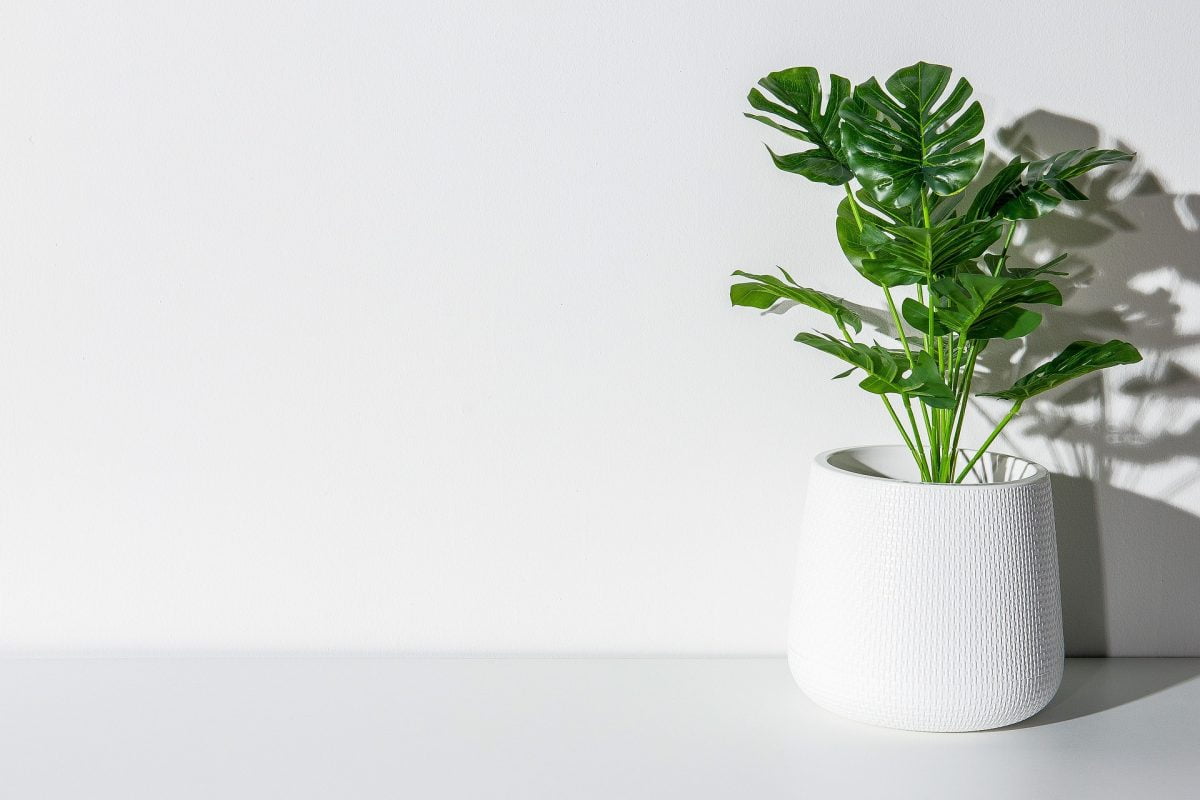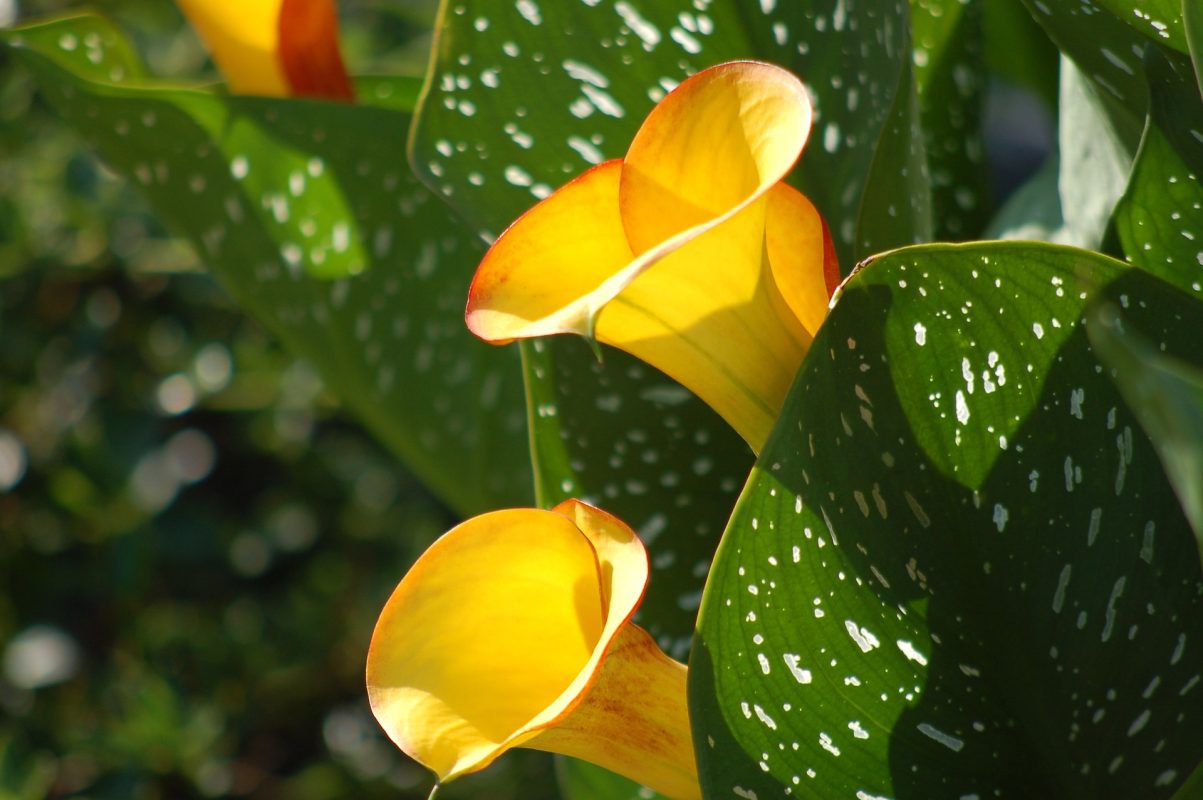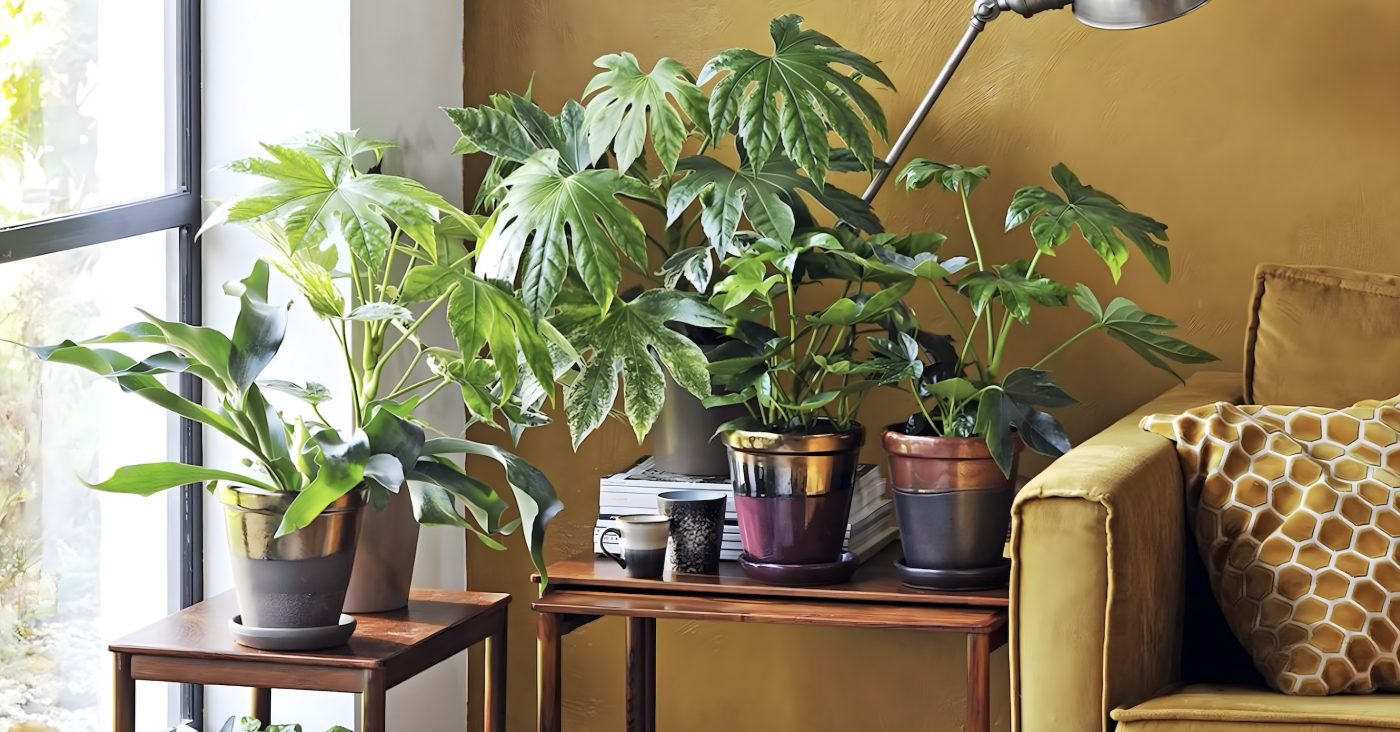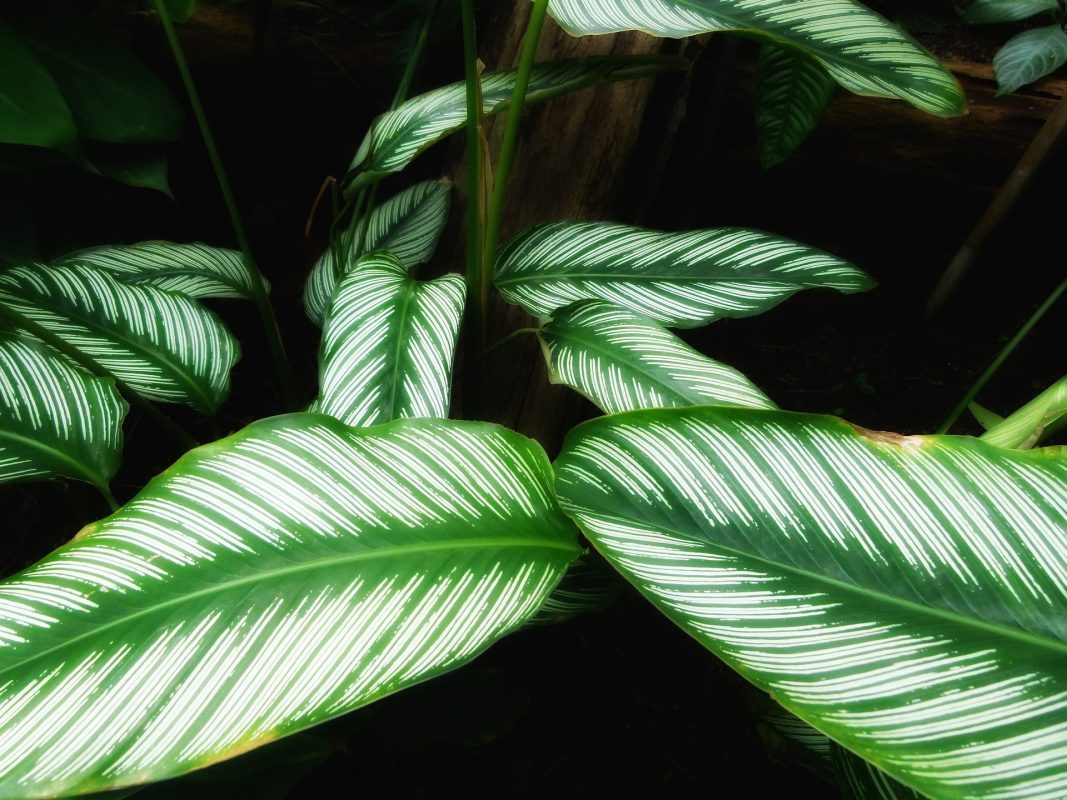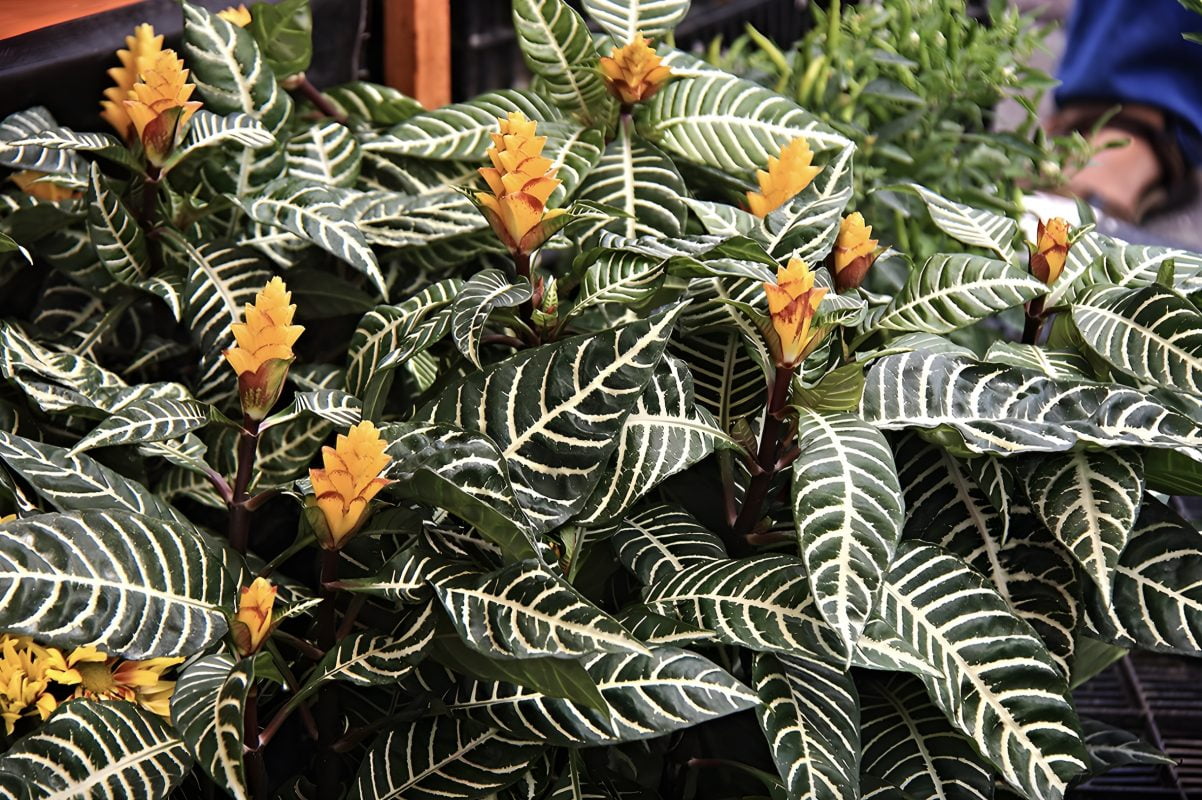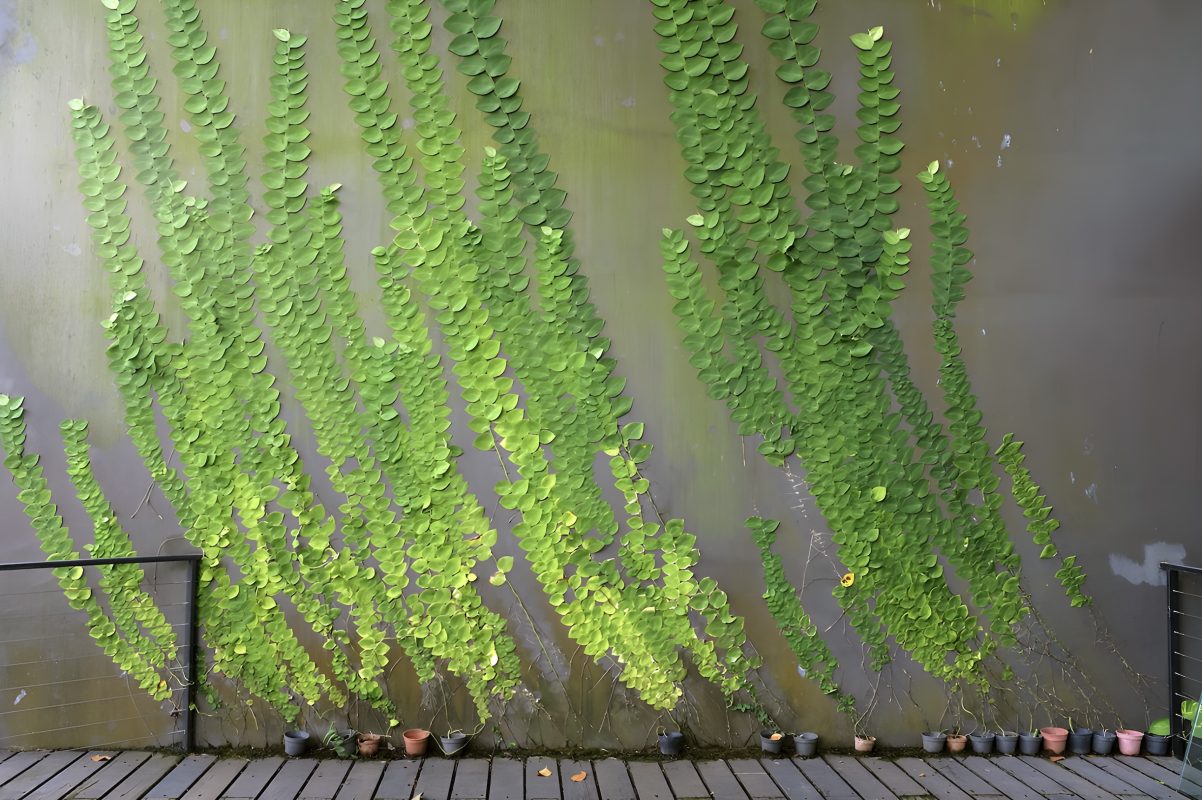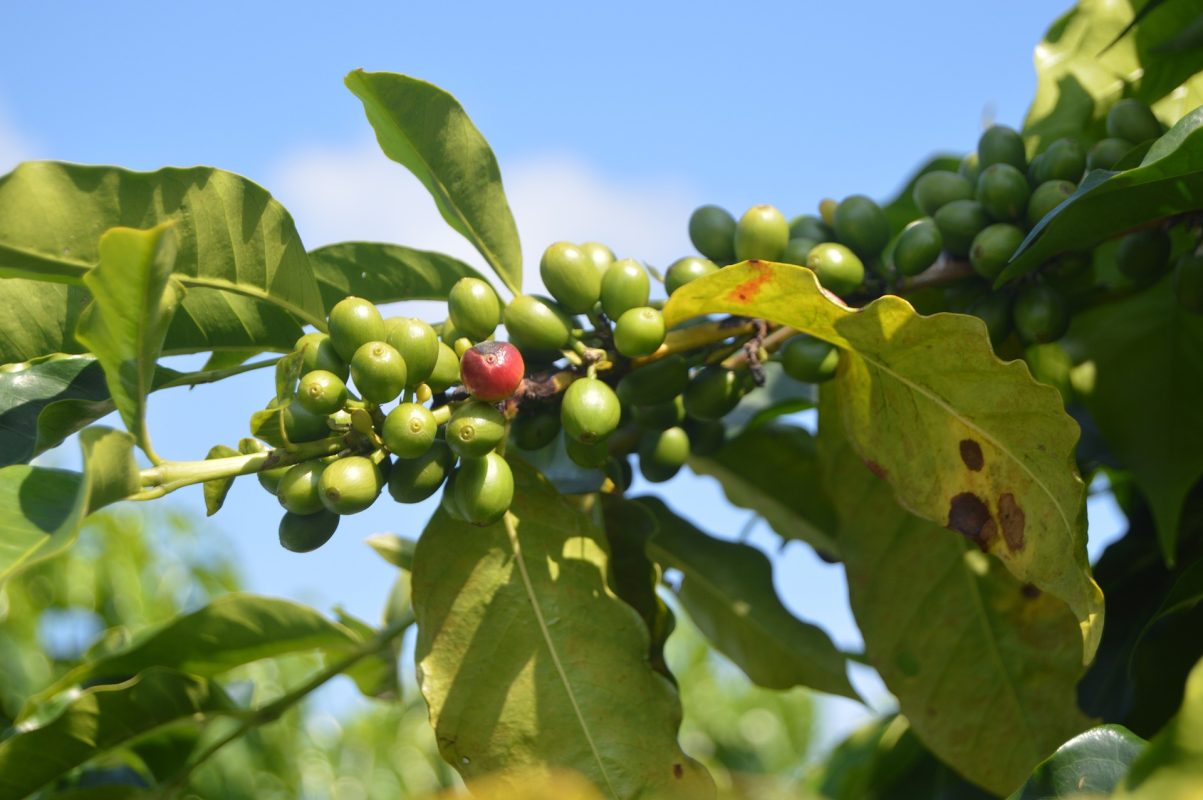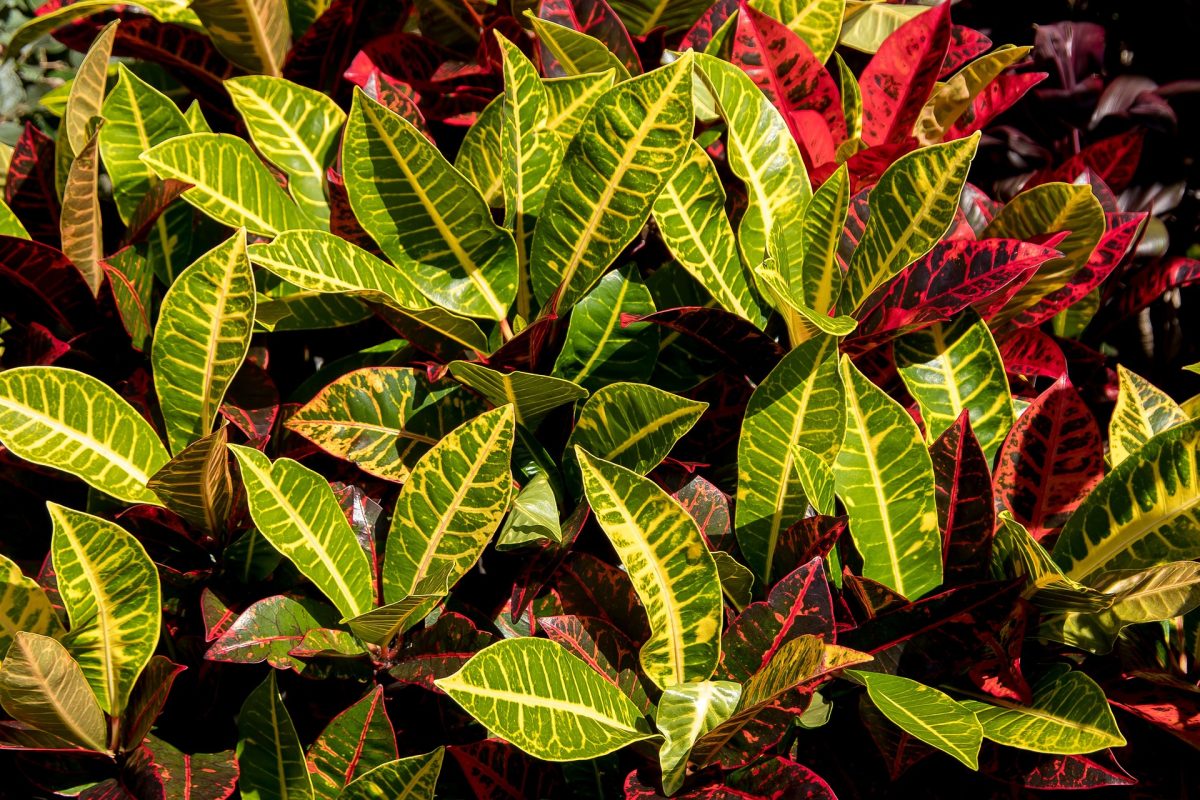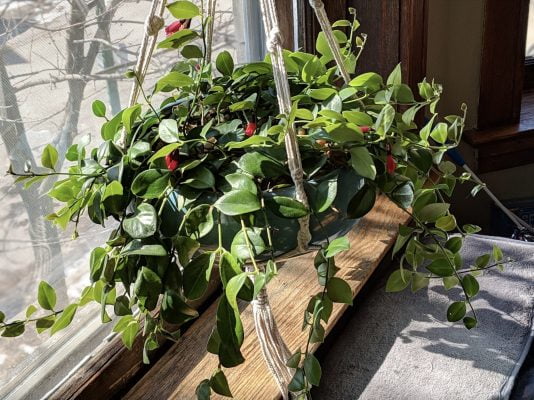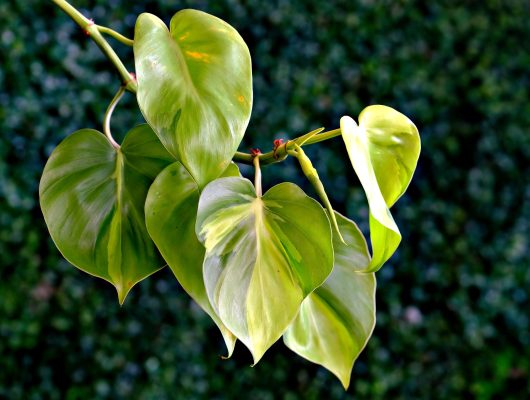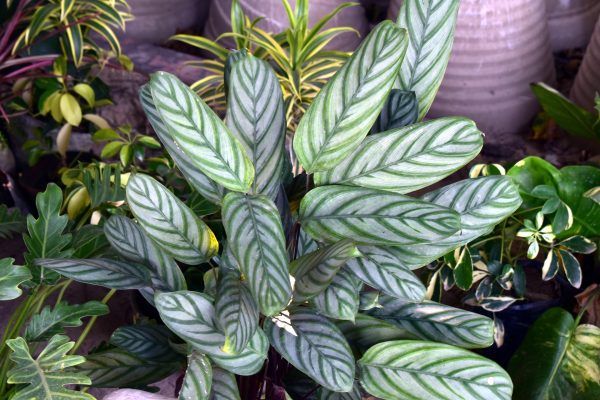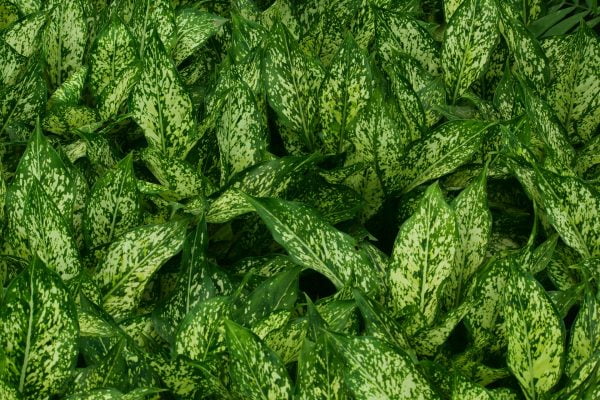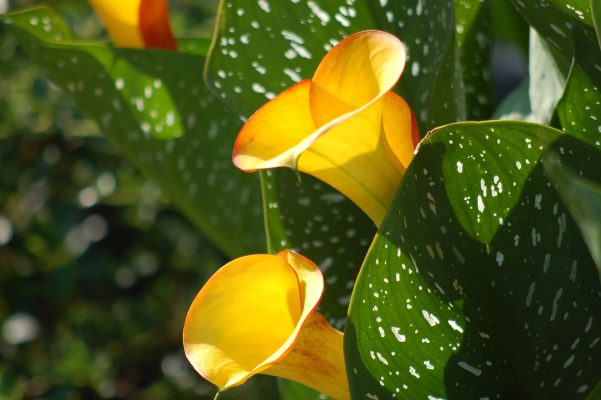Pellionias, commonly known as Trailing Watermelon Begonias, are celebrated for their striking foliage and trailing growth habit. This comprehensive care guide is your compass to cultivating the unique elegance of Pellionia, guiding you through the steps to encourage lush growth, maintain optimal conditions, and infuse your living space with the natural charm of this distinctive and trailing species.
I. Plant Overview:
- Scientific Name: Pellionia spp.
- Common Names: Trailing Watermelon Begonia, Pellionia
- Origin: Native to Southeast Asia.
II. Light Requirements:
- Ideal Conditions: Bright, indirect light. Pellionias thrive in filtered sunlight.
- Tolerance: Adaptable to lower light conditions, but variegation may diminish.
III. Watering:
- Frequency: Keep the soil consistently moist but not waterlogged. Water when the top inch of soil feels slightly dry.
- Water Quality: Use room-temperature water. Pellionias appreciate higher humidity levels.
- Humidity: Adapts well to average indoor humidity levels.
IV. Soil:
- Type: Well-draining potting mix. A mix for tropical plants or a blend of peat, perlite, and pine bark is suitable.
- pH Level: Slightly acidic to neutral (pH 6.0-7.0).
V. Temperature and Humidity:
- Temperature: Maintain a warm environment between 65-75°F (18-24°C).
- Humidity: Pellionias prefer higher humidity levels. Regular misting or using a humidity tray is beneficial.
VI. Fertilization:
- Schedule: Feed every 4-6 weeks during the growing season (spring and summer).
- Fertilizer: Use a balanced liquid fertilizer, diluted to half strength. Reduce fertilization in the dormant season.
VII. Pruning and Maintenance:
- Pruning: Trim to control size and shape. Pinch back regularly to encourage bushier growth.
- Cleaning: Wipe leaves with a damp cloth to remove dust. Remove any yellow or damaged leaves.
VIII. Repotting:
- Frequency: Repot every 1-2 years or when the Pellionia outgrows its container.
- Procedure: Gently lift the plant, inspect roots, and repot in fresh soil. Choose a container with drainage holes.
IX. Common Issues and Solutions:
- Yellowing Leaves: Overwatering. Allow the soil to dry out between waterings.
- Pests: Check for spider mites or aphids. Treat with insecticidal soap if necessary.
- Leggy Growth: Provide brighter light to encourage compact growth.
X. Display Tips:
- Showcase the unique foliage and trailing nature of Pellionia in hanging baskets or on elevated surfaces.
- Combine Pellionia with other trailing plants for a cascading indoor garden.
- Use decorative containers to enhance the overall aesthetic of Trailing Watermelon Begonia.
Cultivating Pellionia brings a touch of unique elegance to your living space. This guide empowers you to care for Trailing Watermelon Begonias, ensuring their distinctive beauty thrives and enriches the natural allure of your indoor environment. Happy gardening!
our recommendation
you may also want to know



